An exoplanet is the name given to a planet orbiting a star beyond our Solar System, and they have been found to be incredibly common indeed, but what about an exoplanet beyond our Galaxy?
How soon before astronomers begin finding exoplanets beyond the Milky Way?
One team of astronomers found evidence of an exoplanet candidate in the Whirlpool Galaxy.
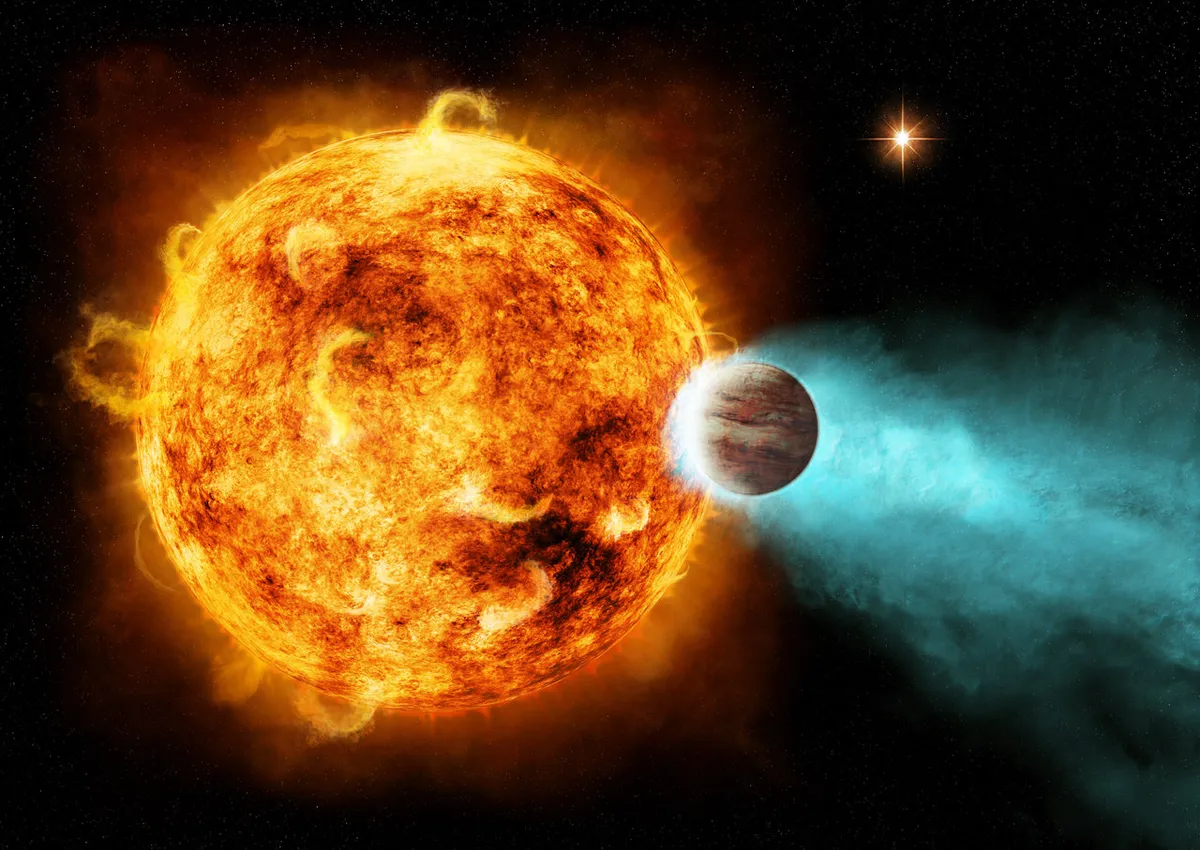
Exoplanets explained
When you look up at the stars in the night sky, consider this: on average, every star you see has at least one planet in orbit around it.
There are a lot of stars visible to the naked eye alone, so consider how many planets there must be.
Orbiting those bright stars in the night sky may be some of the strangest exoplanets you can think of: scorching hot Jupiters and super-Earths, but also rocky, terrestrial planets orbiting in the habitable zone around their star, capable of supporting life.
Since the mid-1990s, when the first exoplanets were discovered, there has been an explosion in exoplanet hunting, with numerous ground-based observatories and space telescopes dedicated to the search.
Think of the Kepler space telescope or the Transiting Exoplanet Survey Satellite, or less well-known missions like the NEID telescope or the Nancy Grace Roman Space Telescope.
Even the Hubble Space Telescope has been used to hunt exoplanets, and the James Webb Space Telescope is studying exoplanets, too.
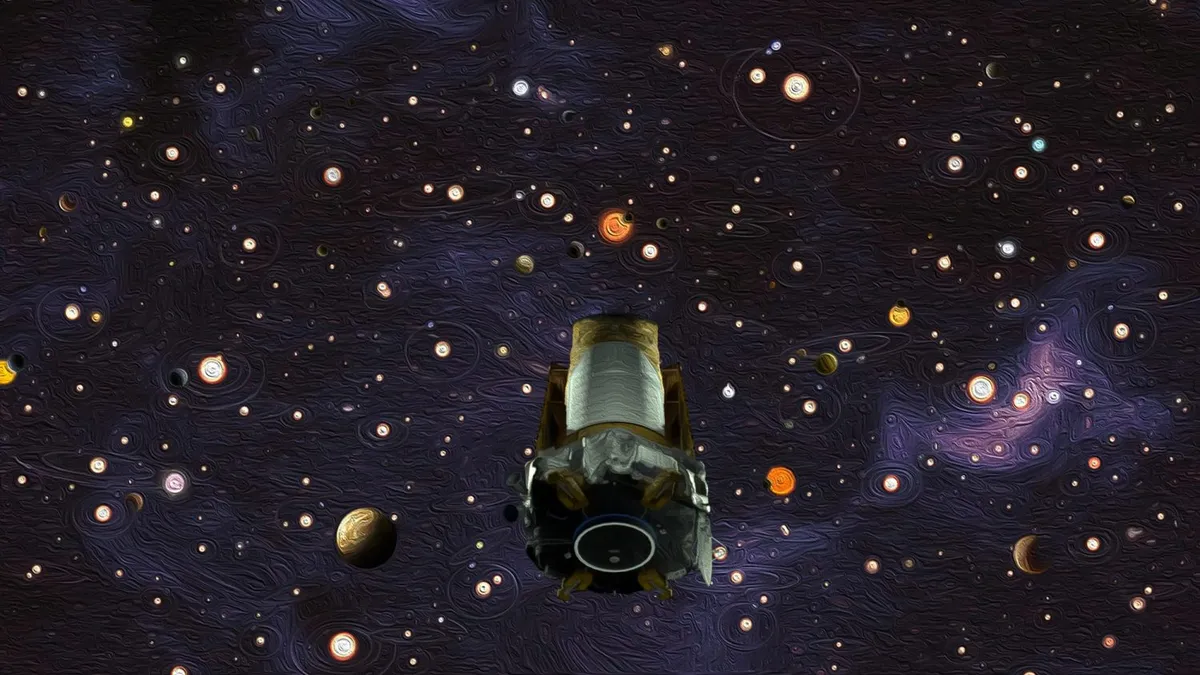
But so far, much of the hunting has been done within our Galaxy. So what about those exoplanets that lie beyond our Galaxy? Could we ever catch a glimpse of them?
It turns out astronomers may already have caught a glimpse of the first ever exoplanet to be detected outside our Galaxy.
It lies in the famous Whirlpool Galaxy, M51, in the constellation Canes Venatici and is about 28 million lightyears from Earth.
Evidence of the first exoplanet outside our Galaxy is leading the way to an exciting new era of planet hunting.
Dr Rosanne Di Stefano is a senior astrophysicist at the Smithsonian Astrophysical Observatory at the Harvard-Smithsonian Center for Astrophysics.
We spoke to Dr Di Stefano to find out more.

How did you discover evidence of an exoplanet beyond our galaxy?
There was data that had been taken over a 20-year period by the Chandra X-ray Observatory and the XMM-Newton Observatory, which is a European project.
And these observatories both look regularly at galaxies outside the Milky Way. There are some galaxies, like M51, that have been observed many times over the years.
We were looking for a dip in the X-ray emission, and what we realised is that the passage of a planet in front of an X-ray source would give a dip that would tell us that the planet was there. This is a pretty big signal.
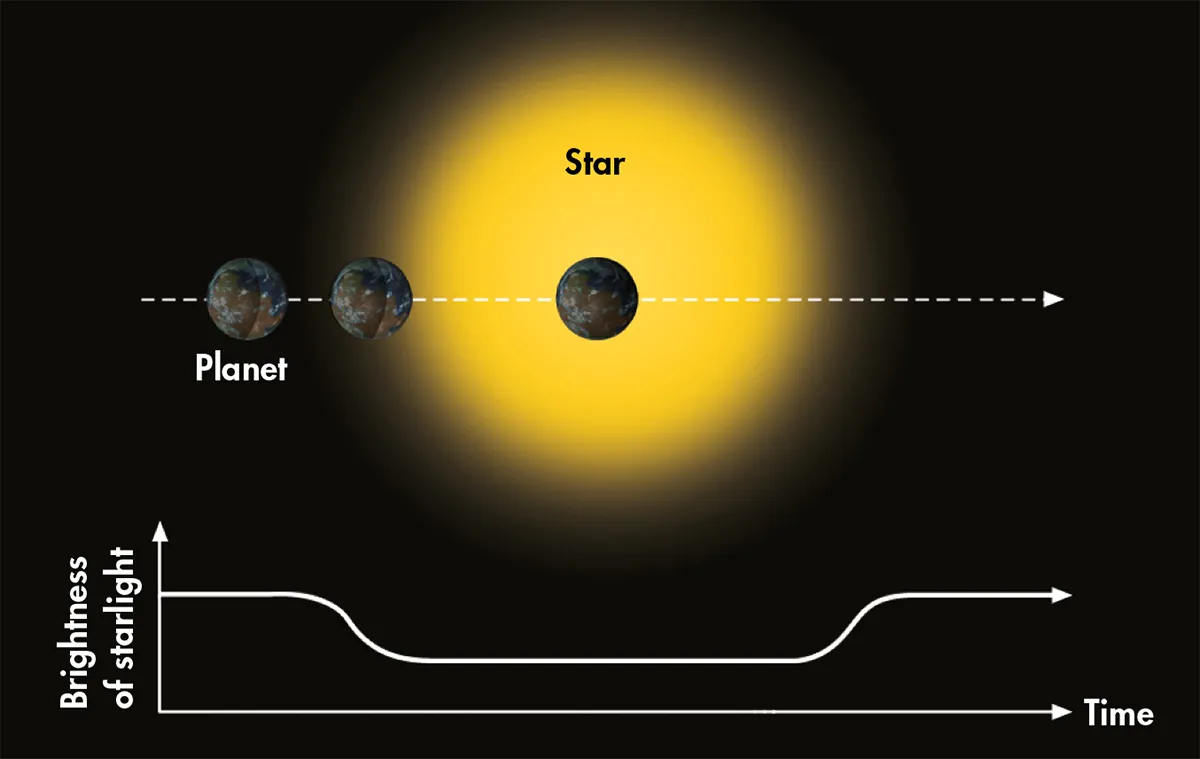
Why did you focus on the Whirlpool Galaxy?
It really had to do with our collaborator, Ryan Urquhart, then a graduate student, now a postdoctoral fellow at Michigan State, who used M51 (also known as the Whirlpool Galaxy), M101, the Pinwheel Galaxy and M104, the Sombrero Galaxy.
So that was the data that was ready for us.
Each galaxy has several dozen bright sources, and each of these sources has been observed many times over this 20-year period.
So when this was put together for M51, for example, there was about 10 days’ worth of observation time for each of the dozens of sources in that galaxy.
This was a wonderful resource for us to start with and that was our motivation. We would have started with other galaxies, and now, in fact, we have moved on to other galaxies.
What do we know about the exoplanet outside our Galaxy?
We can tell its size is likely to be similar to Saturn and we can also tell roughly how fast it is moving around this X-ray binary – about 17km/s.That tells us that it’s in a wide orbit.
That’s probably about all the information we’re going to know for now as it will be a very long time before there’s another transit.
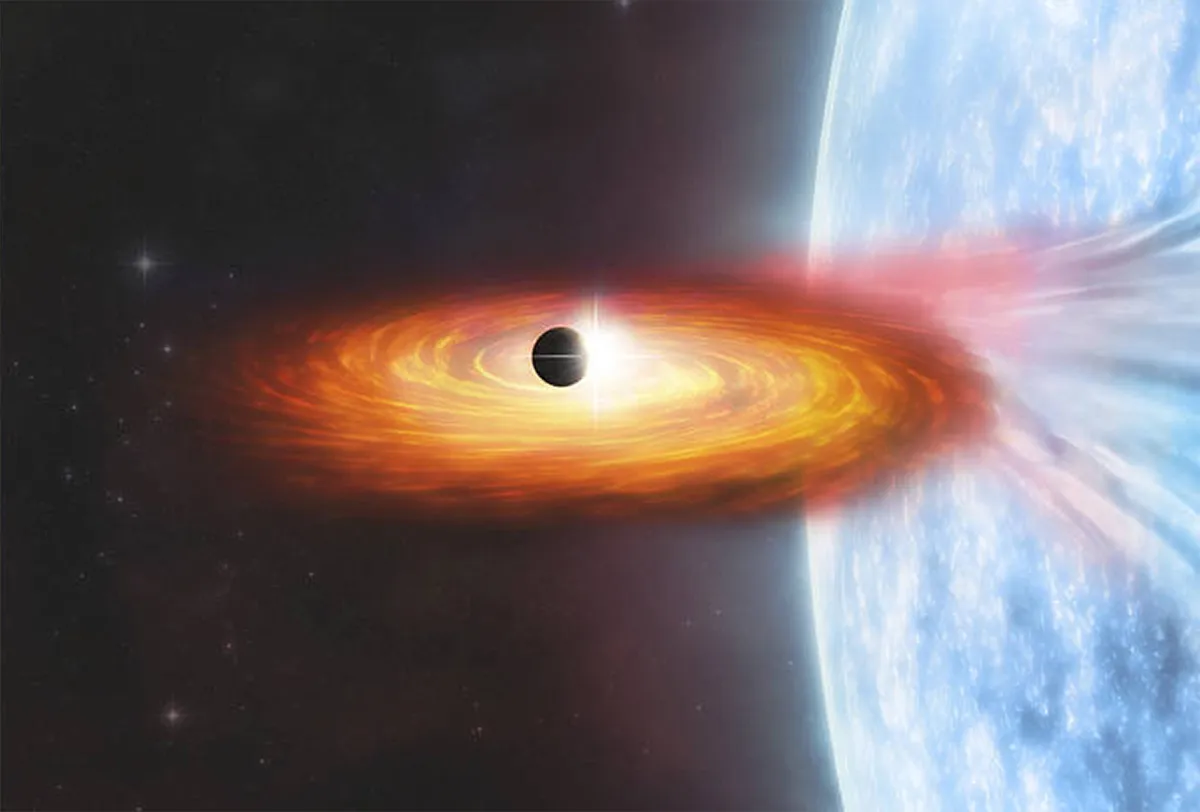
How difficult is it to find exoplanets outside our Galaxy?
There are many methods that are used within the Milky Way to find exoplanets.
For example, you can use transits at optical wavelengths by taking a regular star that is emitting optical light and looking for what is generally a very tiny dip as a planet passes in front.
Or you can study the velocity of a star and see it go back and forth.
These methods wouldn’t be able to succeed right now in other galaxies because, if a target galaxy is, say, 1,000 times farther away, then you would get a million times less light.
When you look at other galaxies in the optical and infrared wavelengths, there are hundreds of billions of stars whose light is superposed.
Even if you’re looking at a very tiny portion of the galaxy, the light that you receive is a mixture of light from many different stars and that makes it difficult – or impossible at this point in time – to pull out the signal of a transit or another subtle signal.
Our use of X-ray allowed this discovery, but it really depends entirely on how big the X-ray source is relative to the planet.
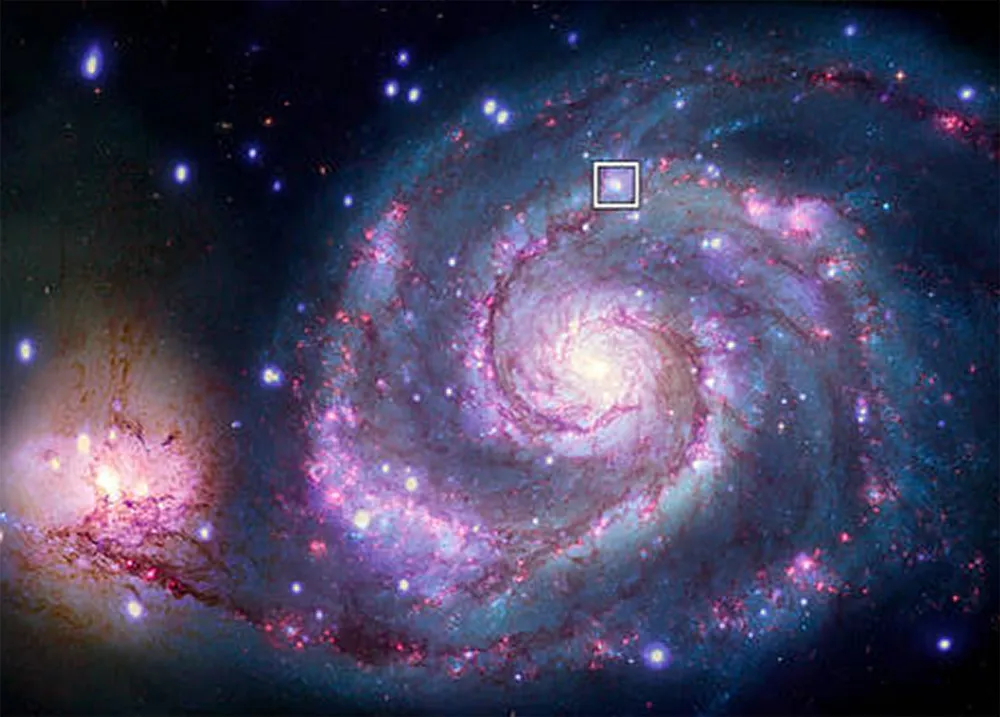
How important is it to find exoplanets outside our Galaxy?
This is a whole new way of exoplanet hunting. We know of over 5,000 exoplanets in our own Galaxy that have been found using other methods.
A planet’s significance really depends on whether that planet or the planetary system has something very unique about it.
But here, we have taken a new method that has never been used before.
We’ve shown that it can find planet transits even in other galaxies, and we found a planet in a kind of system that has never been studied for planets before, so I would say because it’s new, it’s definitely significant.
This interview originally appeared in the April 2022 issue of BBC Sky at Night Magazine.
